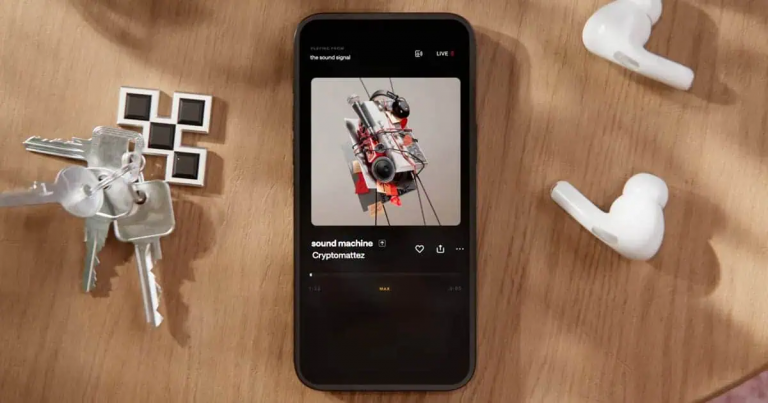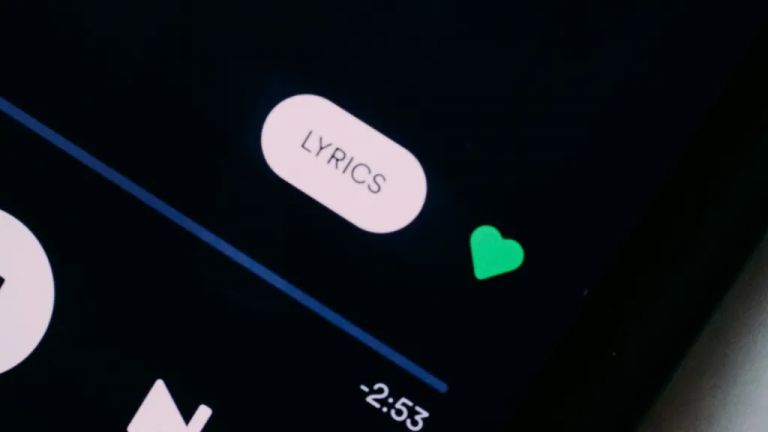
Photographer: Charles Deluvio
Spotify is rolling out a lyric translation feature, and Rosalía’s new album LUX showcases it. After years of testing, Spotify launched translations in select markets via an expanded MusixMatch partnership. The feature displays translations directly in Spotify’s lyrics view, so listeners can follow along in their own language.
LUX offers translations in 13 languages in key markets such as the U.S. and Spain as of November 7. Spotify previously said the feature was “still being tested in selected countries” in 2023. Showing translations inside the player helps non-native listeners understand nuance. It also reduces the need to hunt for third-party translations.
This update comes after Apple Music added lyric translation in a September update. The two platforms often copy useful features to stay competitive. Spotify tends to launch new tools in limited markets first, so U.S. users will likely see translations before others. The MusixMatch integration lets Spotify scale translations without rebuilding a database from scratch.

Rosalía recommended listening to LUX with headphones in a dark room. The album debuted to strong numbers and set a Spotify streaming record for a Spanish-speaking female artist in a single day. It beat the previous mark set by Karol G. Translated lyrics help more listeners grasp the album’s themes and lyrical details as she shifts away from flamenco influences.
For listeners, the change feels practical and immediate. Open a track, tap lyrics, and choose a translation when available. For artists and labels, translations expand reach and improve engagement across language barriers. For Spotify, the rollout shows how partnerships can speed feature delivery and boost global appeal.
In short, Spotify’s lyric translation is a useful step toward inclusive listening. Rosalía’s LUX gives the feature a high-profile debut. Expect translations to appear for more songs and markets as Spotify continues to expand the feature.





